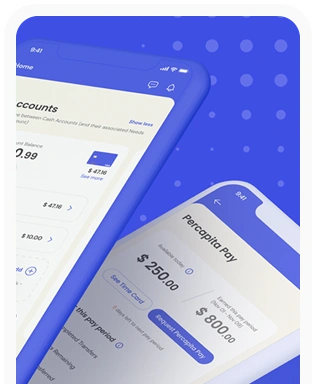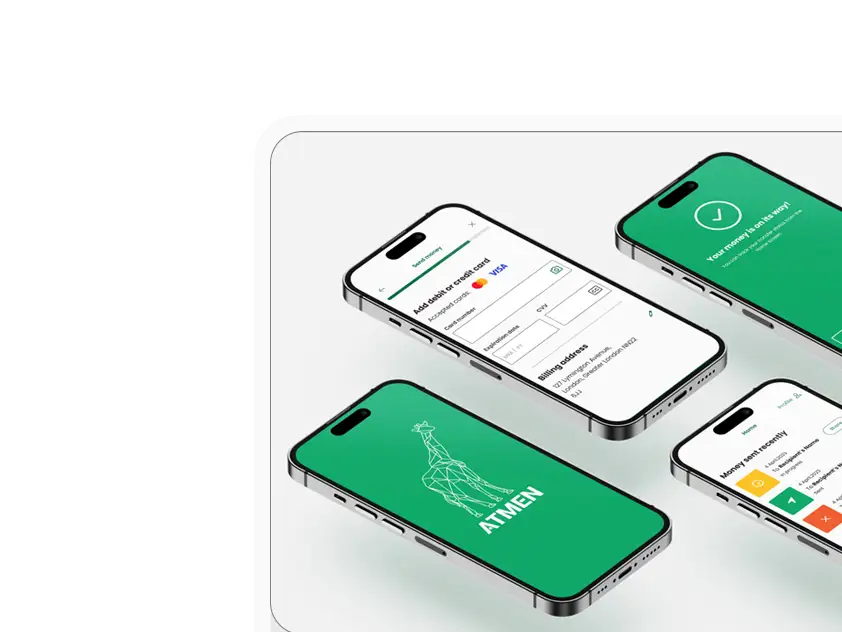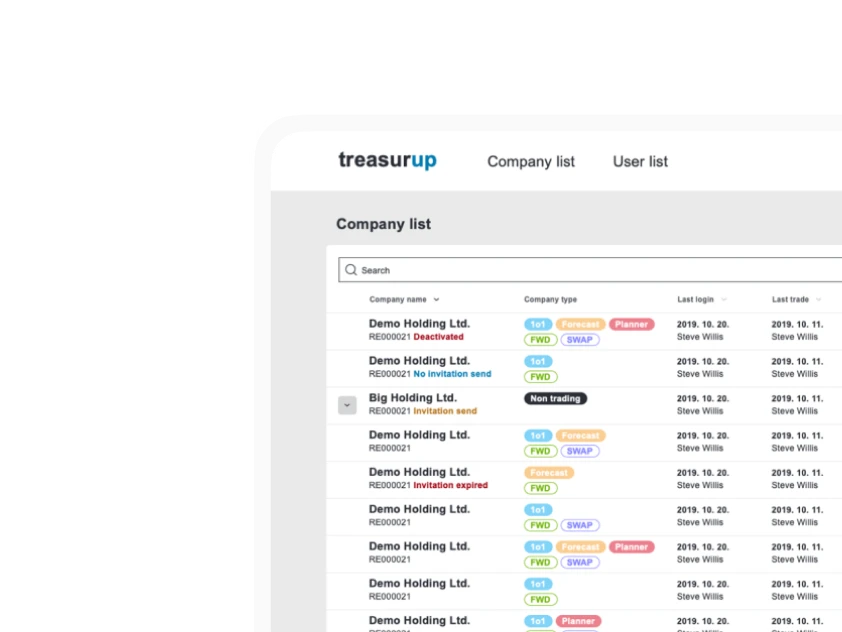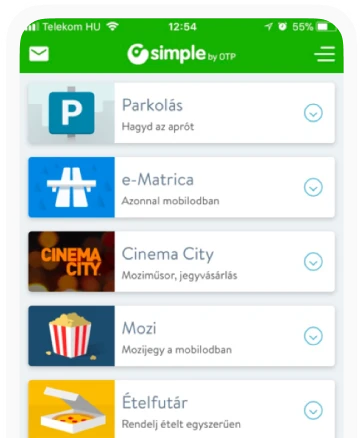The top 5+ UX Agencies in Brussels, Antwerp and Ghent (Belgium)
A Ferrari is undoubtedly a very fine car. But is it best for taking the kids to school or getting the weekly shopping? – That’ll be a ‘No’.
So when I ask Pieter Van den Keybus to guide me to the best, top five UX agencies in Belgium, I’m not so surprised that he qualifies his answer. “Can we say ‘most interesting’ instead?” he offers. As Account Director, UX and full stack researcher at Uflow, Antwerp, he’s sure of one thing however – whatever the actual rankings, his company is definitely right up there. On the other hand, when it comes to ‘pure UX’ Pieter doubts there are even ten main contenders in Belgium. So it’s a subjective but fascinating guide that he provides to the UX Scene there.
My connection to Pieter has come through the CEO of Fintech UX-UI specialist Ergomania, András Rung. Although headquartered in Hungary, Ergomania has for many years done work, particularly in the Benelux countries. In 2019 some of the Ergomania team visited Uflow’s office, to discuss the possibilities of future cooperation. In August of the same year, Pieter made a visit to Ergomania’s office when he was visiting Budapest, and the friendly connections have continued ever since: With Uflow Founder Kathleen Van den Keybus contributing to a 2020 discussion, hosted by Ergomania, on the impact of Coronavirus on the UX Industry. So Ergomania is no stranger to the Belgian UX and Fintech scene, but that doesn’t mean there isn’t room for a little more market intelligence.

Feeling just a bit like an undercover agent who has parachuted in, I commence gathering impressions from Pieter: So why just ten ‘pure UX’ agencies in the country, and what does ‘pure’ even mean in this context? Pieter says the situation is slightly strange in Belgium because while there are lots of presentation and marketing agencies, all of which are ‘Digital’ and have some UX elements, these are mainly concentrated on design, product and creativity aspects. Uflow on the other hand has only one focus: UX. “We don’t develop one line of code, we don’t just think about marketing strategies,” says Pieter. “We look at the idea, and check if there’s a need for it.”

And would his company walk away from a project if there’s not a need? Pieter considers this, “We wouldn’t turn people away, but we would always suggest change and reconsideration of elements if we think they’re not going to work. So we would say, ‘OK, we’ll get involved if you change X,Y and Z’. That’s why companies hire us, and it often comes after internal departments or other agencies have become gridlocked. But would we ever work on something we didn’t believe in? No.”
So that’s the credibility and credentials established for Uflow, one of whose major clients is Belfius, the state-owned bank (The bank name, by the way, comes from the ‘Bel’ of ‘Belgium’, the ‘fi’ of ‘finances’ and the inclusive English word ‘us’).
Starting the tour…
But what of others on the Belgian scene? Let’s get back to the ‘interesting’ examples. Pieter cites November Five, strong in the development focus area, who he says are ‘good UX-ers’. The company says of itself, ‘The potential of digital is widely recognized, yet progress remains slow and many transformations fail. You don’t need big promises or endless explorations that never see the light of day, nor do you need digital gimmicks, you need progress … Our genuine ‘special forces’ attitude completes the recipe with which we’ll together beat the odds of digital transformation.’

This point about digitalization is underscored by Pieter Van den Keybus. “Scale comes into things a lot in Belgium. We have a population of around ten million, only about the size of many American cities, so there’s not many smaller companies innovating in the B2C area, especially in Fintech.” Rather, there’s a lot of activity around digitalization processes, where the banks are pushing (or being pushed) to move forward with Know Your Customer regulation, which is a ‘massive issue’ for many Western European banks. And when things don’t go right… Pieter recalls a story from the last year of how a private bank had all its accounts frozen because of the inability to complete KYC processes on schedule. Around fifty not-cheap consultants had been manually entering the data – definitely an argument for the digitalization process! So Fintech is flourishing most in the Regulatory and Compliance areas, while customer-facing solutions are less common, in Pieter’s opinion.
But let’s press ahead with that ‘Top UX in Belgium’ list: Next comes Duke and Grace, based in Brussels and Ghent (with a reminder from Pieter that his listing is subjective, and top-of-the-head rather than suggesting a ranking). “They deliver good stuff,” he opines, “Probably more focussed on marketing elements.”
Duke and Grace say, ‘We’re developers but you can call us strategists. We’re consultants but you can call us creatives. We’re one and the other. Two of a kind… delivering integrated work, seamlessly combining the rational and the emotional.’
The Duke and Grace website also expresses a belief in ‘The power of gezelligheid’, which is
Dutch for cosiness, conviviality, or sociability. It sounds like a warm welcome is to be found at Duke and Grace.

Style and language
This mention of the Dutch language brings another observation from Pieter. I ask him if there is a Belgian UX style, to which he replies with a firm ‘No’, because UX principles and measurements are all international. But then after a moment, he says there are some cultural differences. Many large companies have 75-80% of C-level leadership as Dutch / Flemish speakers, while just one management level below is typically 95% French speaking. “At boardroom level Dutch is OK, but in a meeting room, no way. So there is some specificity to Belgium. Generally however UX Agencies are outward and international-facing, especially towards Germany and France.” Uflow for example is engaged in a long-haul review for the Axel Springer Group’s classified business, Aviv, where Pieter is doing the research strategy and user research, looking to harmonize across all countries of the largest media group in Europe. So by no means is UX activity silo-ed within Belgium.
On with the tour
Next stop on our tour of Belgian UX-ers comes Pàu, which my guide says, “Seems interesting, although I don’t come across them too often.” While Antwerp-located Pàu states that design and development are major offerings, there is also a focus on specifically UX-oriented projects on the website, with stories which amplify this.
As with several other of these agencies, I find myself longing for an explanation of the company name: I mean, what does Pàu signify? Or Duke and Grace? If the purpose is to intrigue, then I guess my attention has been caught.

With Pàu and Uflow headquartered in Antwerp, I wonder why they’re not in the ‘engine room’ of Brussels. Pieter Van den Keybus admits that probably 80% of Uflow’s clients are themselves based in the capital city, but as that is only thirty kilometers down the road, this doesn’t create a problem. He also claims that Antwerp people are ‘more well-rounded’, so coming from Belgium’s second city – Antwerp – he’s happy to have set up business there.
Go West
West of Brussels and Antwerp is Leap Forward in Ghent, ‘Helping organisations craft better customer experiences’, so it sounds like UX is a focus there, and Pieter says they also do ‘interesting stuff’. However I take his earlier point that there are few ‘pure’ UX outfits, as I read on Leap Forward’s website, ‘We’re a full-service digital agency providing everything from strategy and branding to the realisation of your digital vision. We move fast, experiment, measure results, and constantly improve.’ Clearly UX is an important part of the mix, but it’s as a dropdown on the website, rather than a primary offering. (And just like Pieter’s reminders that this is all very subjective, I must add my own caution of, “Or so it seems to me…”)
With relatively few UX companies in Belgium, and a tightly-packed geography, does this mean there’s a UX community? Pieter says that informal UX-specific meetups were quite frequent pre-pandemic, with often around 80 attendees. “We don’t all know each other in the Belgian UX scene,” he says, “But I can probably reach anyone in just two phone calls – I’ll always know someone who knows the someone I want to reach.”
In the capital
A visit to Namahn in Brussels concludes my tour – ‘A human-centred design agency helping organisations do great work.’ My eye is immediately drawn to a case example on the website about tackling loneliness for senior citizens in Antwerp – a fascinating project which certainly backs up that description of ‘human-centred’. I’m also attracted to the use of custom-designed Paradox Cards which look like they can be used in similar ways to the Lego Serious Play approach of other agencies, such as both Uflow and Ergomania. With Paradox Cards, ‘First you pick the cards that fit your requirements or that could inspire you for the problem you are trying to solve. Then, you ideate on the extremes of each card, either separately or combined. Finally, you combine the solutions for both extremes into your concept for a solution.’ Namahn even sells sets of their cards at €30, so clearly it’s a methodology that they believe in.

And look, I know it’s unfair to latch onto one single aspect of the entire output of a company, but this is a very quick tour, and all of these outfits are worth much more serious and in-depth investigation.
A bonus mention
Aware that he’s now fulfilled his mission to supply me with five top Belgian UX agencies, Pieter is nevertheless on a roll, and throws in a sixth: In The Pocket in Ghent and Leuven.

In The Pocket is, ‘A digital product studio. We create digital products and platforms for companies who are bold in the pursuit of their digital future. Our 130 product designers, engineers, strategists, architects and data scientists are eager and ready to accelerate your business.’ As with some of the other websites I’ve visited, the specifically UX part of the offering of In The Pocket takes a click or two to become apparent, but for sure it’s there.
Voicing trends
So what are the trends for UX in Belgium? I suggest to Pieter that perhaps he agrees with András Rung of Ergomania (a Fintech Belgium member) that voice is a new frontier for UX developments. Pieter laughs, “I know András is keen on voice, but it’s not something I am actively researching at the moment. I guess when it’s time, András will tell me! For me, voice is just another interface, and voice won’t replace screens – no way!” He gives as an example a production line where an operator has to press a blue or green on-screen button all day long. Doing that with voice commands would be far more wearing. If however something goes wrong, with the conveyor belt for example, then being able to shout ‘STOP’ and have the processes immediately halt would be very useful.
“That’s simplistic of course, but for me that’s where we are with voice right now.
UX is going to increasingly take a more important place in business processes, and in that respect we’re only just starting in Belgium. Marketing departments sometimes make progress impossible, and in my opinion should have less say in UX. All companies believe that they listen to what their customers say, but that’s rarely true. Adaptation around UX will become more profound and the weight of importance is shuffling more towards research in UX.” Pieter tips his hat towards András Rung on this front, who he says has been beating this particular drum about research for twenty years.

Post chat with Pieter, and with his interest in voice solutions apparent, András directs me to Raccoons: “This Belgian company is worth including in the article. They look cool and are behind the Kate voicebot, developed for KBC Bank.” And indeed a ‘family member’ of Raccoons, Craftworkz built the first prototype of Kate on the Oswald Chatbots platform. Based on that prototype, KBC further developed Kate, resulting in the current voice-based KBC mobile app. Raccoons offer a well-integrated site with helpful explanations, of Craftworkz and Oswald in particular. So despite Pieter Van den Keybus’ relative dismissal of voice as a useful technology, it has already made it through to actual use with a major Belgian bank.
However I won’t take issue with Pieter about that, especially when he’s given up his vacation time to guide me to some of the top UX-related agencies in Belgium.
Mission successful?
As to my personal assessment of growth opportunities for the Ergomania UX-UI design agency of Budapest, Hungary, I’d say the company has a niche awaiting it in Belgium.
From my own lightning tour I wonder how specialized Belgian agencies are, in comparison. As Pieter outlined at the beginning of our discussion, ‘pure UX-ers’ can only be counted at around ten. There’s a lot of talent and design ability in the country, and for sure UX is important in the mix – how can it not be – but is it front and center? I suspect not always. Furthermore, Ergomania is around 65% banking and Fintech focussed (the balance being ecommerce, technology, telecommunications, and news portals etc.), and my brief tour hasn’t unearthed anyone doing work to the same depth and specialization in Belgium.
Can an agency working outside national boundaries do great work for companies within a country? – Without question. Indeed this is the way of the world, with nearshoring becoming ever more widespread as a proven and trusted practice. UX-UI design particularly lends itself to this as processes are digital, and – especially since the pandemic – almost all work can be accomplished online. So when thinking of top UX in Belgium it’s well worth counting in Ergomania: Geographically outside, but providing solutions tailored to the core of Belgian Fintech UX-UI requirements, as well as that 35% of work for other related tech and comms sectors.
A work in progress?
But to return to Pieter Van den Keybus and some final thoughts about where UX is going, or should be going: It seems to me that Belgian UX is a work in progress, not so dissimilar to other parts of Europe, but with its own quirks and challenges. Is it yet the highly engineered Ferrari, or the all-purpose vehicle for collecting the shopping in? Well, both. Probably.
The spread of offerings, from the ‘pure UX’ of Uflow, to more generalised services suggests a healthy and developing market. Pieter signs off with an eminently practical review: “There’s still so much potential for just doing our jobs correctly and making sure all of a company’s entities and departments understand what we do and what value we bring. Right now we’re still fixing the fundamentals. We’re still working on the foundations.”









